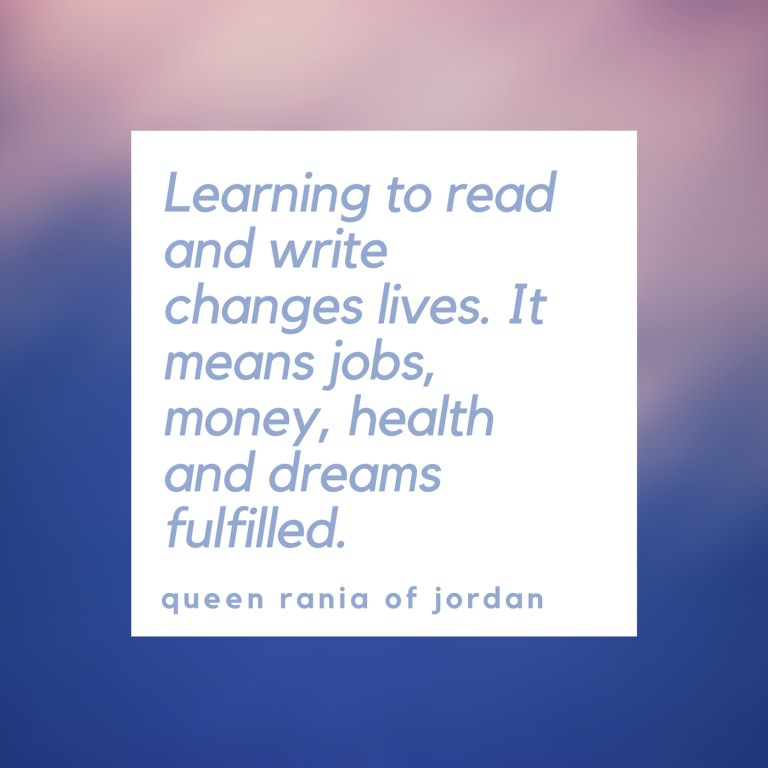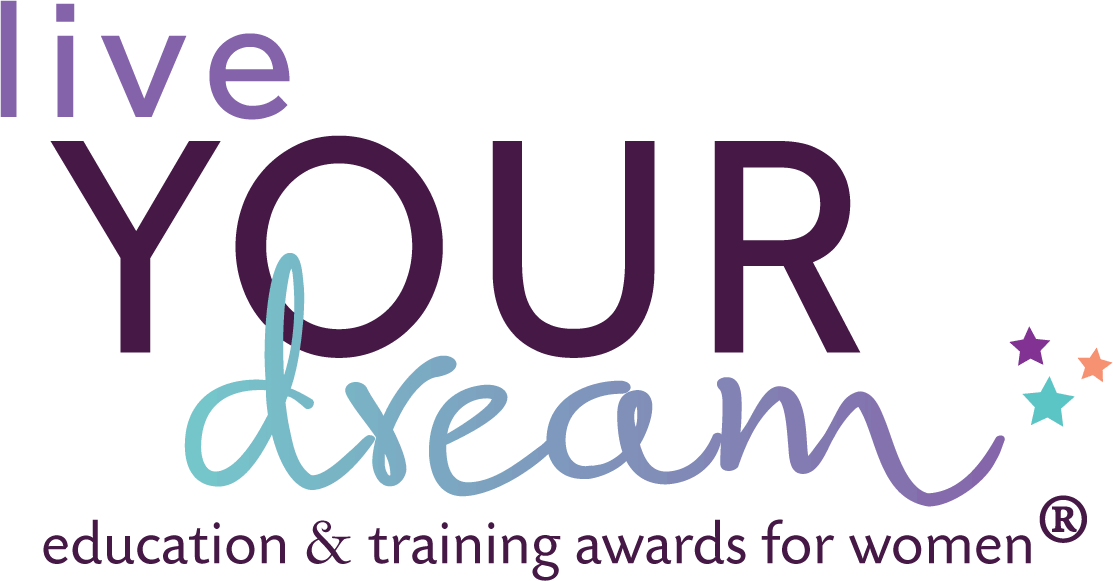
Women's Empowerment Through Education

According to the Malala Fund, there are over 130 million girls worldwide who are not in school.
Without an education, these girls will often marry and have children at a young age, work in unpaid or low paying positions, and rely on their husbands or families for economic support. Without an education, their futures and their families’ futures are limited.
Education is the key to women’s empowerment. Through it, women have better access and opportunities in the workforce, leading to increased income and less isolation at home or exclusion from financial decisions. With an education, women are able to live their dreams by pursuing their own goals and values.

Studies have found that if every girl completed 12 years of education, child marriage would drop by 64% and health complications from early pregnancy, like early births and child deaths, would drop by 59% and 49%, respectively. Educating women and girls also boosts countries’ economies, lowers risk of war and extremism, and has been called the best investment against climate change by the Brookings Institution.
However, there are still many barriers that prevent girls and women from pursuing and completing their education, limiting women’s empowerment. These can include the cost of school or college, difficulty getting to school due to distance or lack of transportation, being forced to work and provide for their families, being forced to marry and have children, or conflict in their hometown or country.
The United Nations found that as girls reach secondary school, their enrollment rates decline significantly. Only 39% of countries have equal proportions of boys and girls enrolled in secondary education. In developing countries, 35% to 85% of girls are forced to stay home from school to take care of their younger siblings and the house while their brothers are able to achieve an education.
To level the playing field and expand their professional opportunities, women need the same experiences and skills, making post-secondary education a critical part of women’s empowerment.
Women’s Access to Higher Education
A higher education, from college or graduate school, provides women with the knowledge and experience necessary to participate in government, business, and civil society. In addition, with more education, women and girls have better access to health information and other beneficial services.
However, in countries like Japan, Korea and Bolivia, the number of women pursuing higher education continues to decline. In Japan and Bolivia particularly, women make up less than half of the population enrolled. In the past 20 years, the share of the world’s population of illiterate adults has remained two-thirds women.
Even when women have access to education, other factors can make it difficult for them to take full advantage of those opportunities. Women and girls still carry the cultural burden of being the primary homemakers and caregivers. This unpaid “second shift” means that they have less time and energy to dedicate to their studies. When women are the sole providers for their families, as is often the case with survivors of domestic violence, the combination of household, financial, professional and educational responsibilities is even more difficult to manage. The astronomical cost of tuition in the U.S. is also a barrier to many women who wish to further their education.

The Impact of the Live Your Dream Awards
That’s why each year, the Live Your Dream: Education & Training Awards for Women award over $2.8 million in education grants to nearly 1,800 women to help them achieve their educational goals. Since 1972 the program has helped tens of thousands of women achieve social and economic empowerment.
Eligible applicants can submit their application between August 1 and November 15.
Plus, clubs can follow these tips to attract eligible applicants this year!
About the author: Ashleen Knutsen is a science writer and editor in Los Angeles. After a decade of experience in engineering and research, she decided to pursue a career in science communications to not only spark women and girls’ interest in STEM, but to let them know that they too can change the world.
